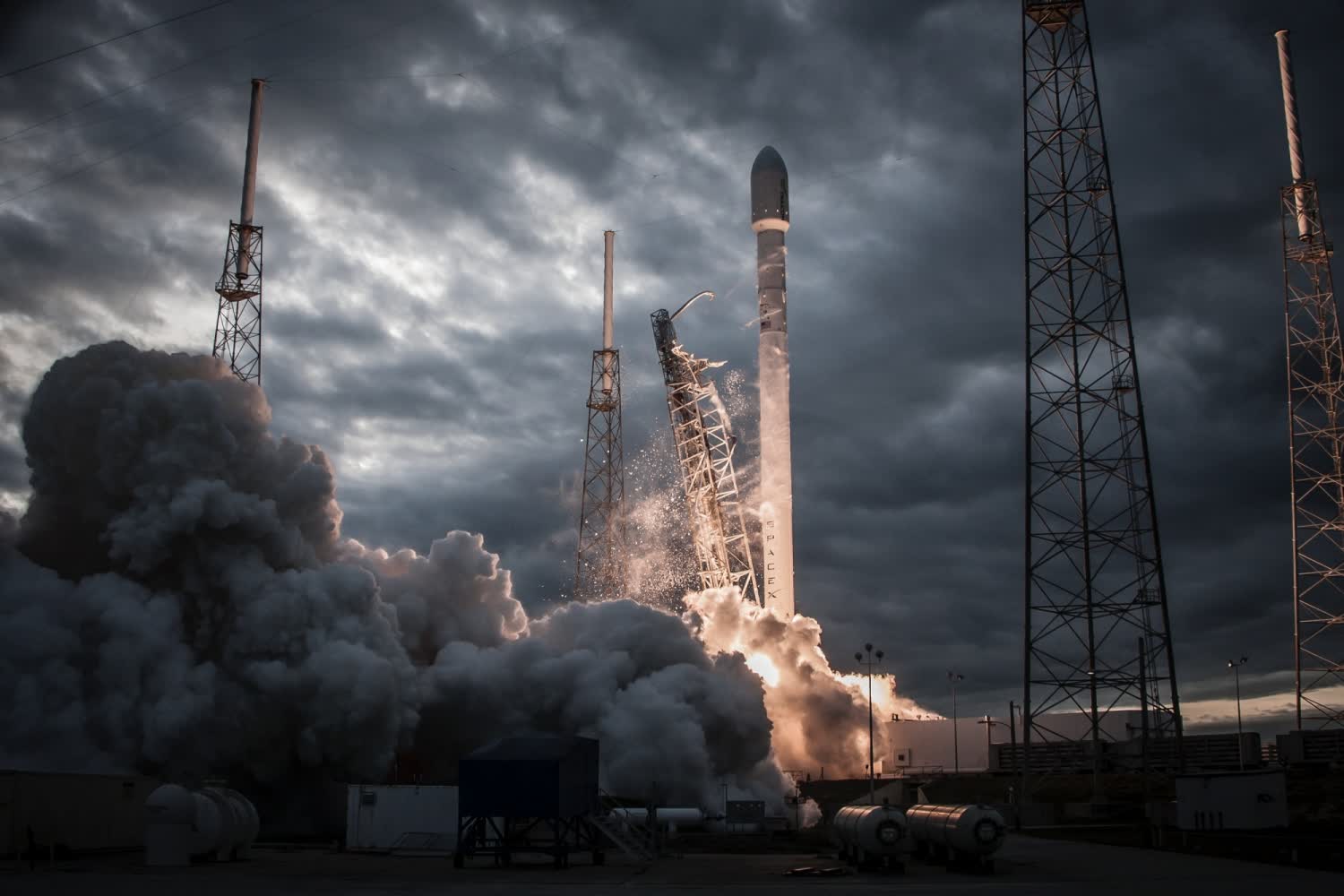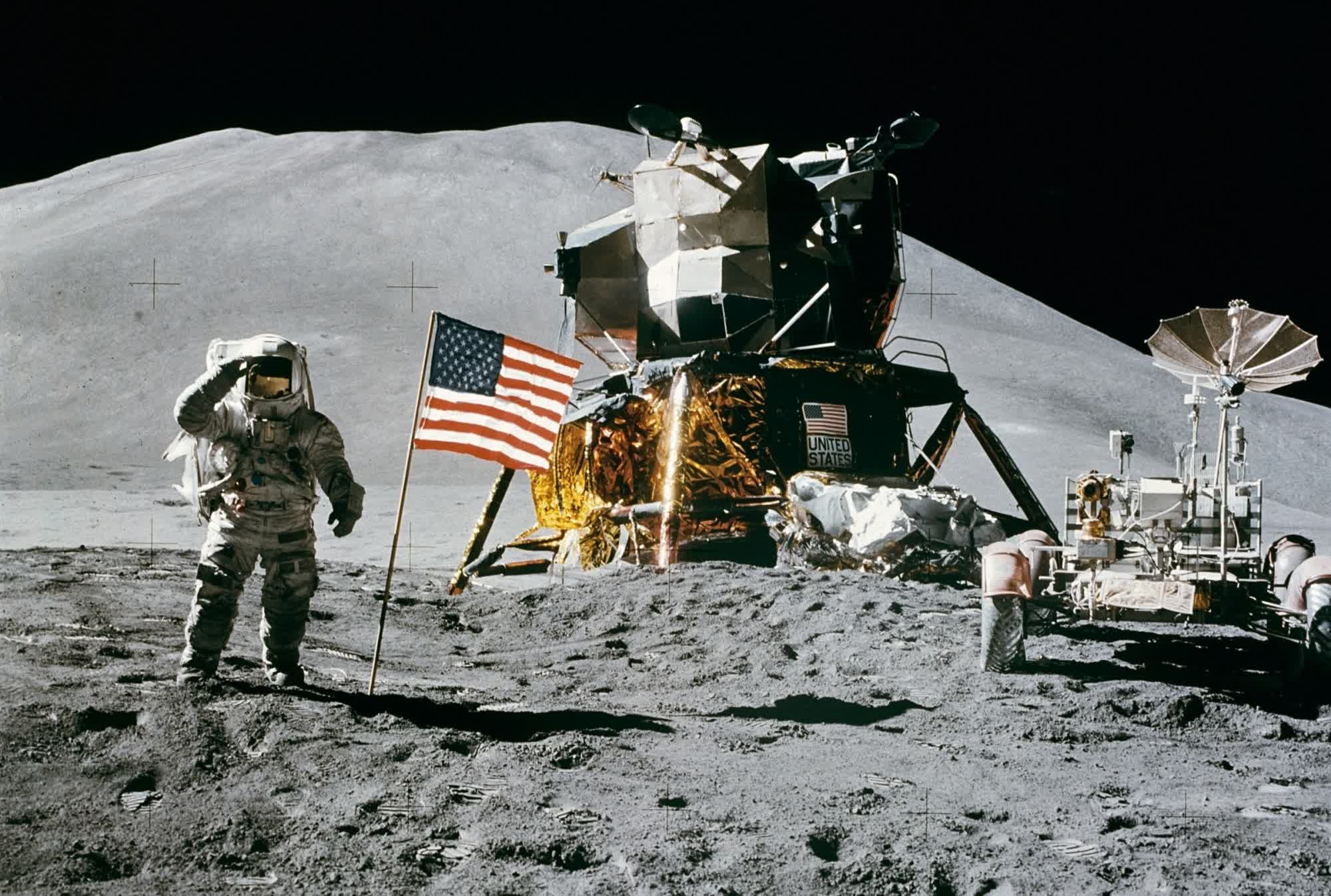The big picture: NASA officials recently outlined preliminary plans to start mining the Moon within the next 10 years. The side project will be part of NASA's larger Artemis space program, which in part aims to return Americans to the Moon by 2025, among other objectives such as exploring commercial opportunities in space and quantifying potential lunar resources.
Gerald Sanders, a 35 year NASA veteran, said developing access to resources on our natural satellite is a critical step in cutting costs and creating a circular economy. Investing in the exploration phase to better understand available resources reduces overall risk to potential investors and increases the likelihood of external investments.
NASA will soon send a drilling rig to the Moon to get the ball rolling, and the Australian Space Agency is also helping to develop a semi-autonomous rover to collect regolith samples on the lunar surface by 2026. Additionally, larger-scale excavation is planned, including a pilot processing plant set to go online in 2032.
Samuel Webster, an assistant director at NASA, stated the rover aims to demonstrate the presence of oxygen in lunar soil in the form of oxides. Separate equipment will be used to extract oxygen from the soil, Webster added.

NASA hopes that, eventually, larger companies such as commercial rocket makers will be able to use resources mined from the Moon for fuel or for life support systems. This would bring us closer to establishing a sustainable human presence on the Moon and support future missions to Mars and beyond.
Related reading: To survive on the Moon or Mars, humans will need photoelectrochemical devices
It has been more than five decades since the last human set foot on the surface of the Moon, and NASA intends to change that in the coming years. The space agency formally introduced its Artemis program in 2017, headlined by a plan to land the first woman and the first person of color on the Moon by 2025.
